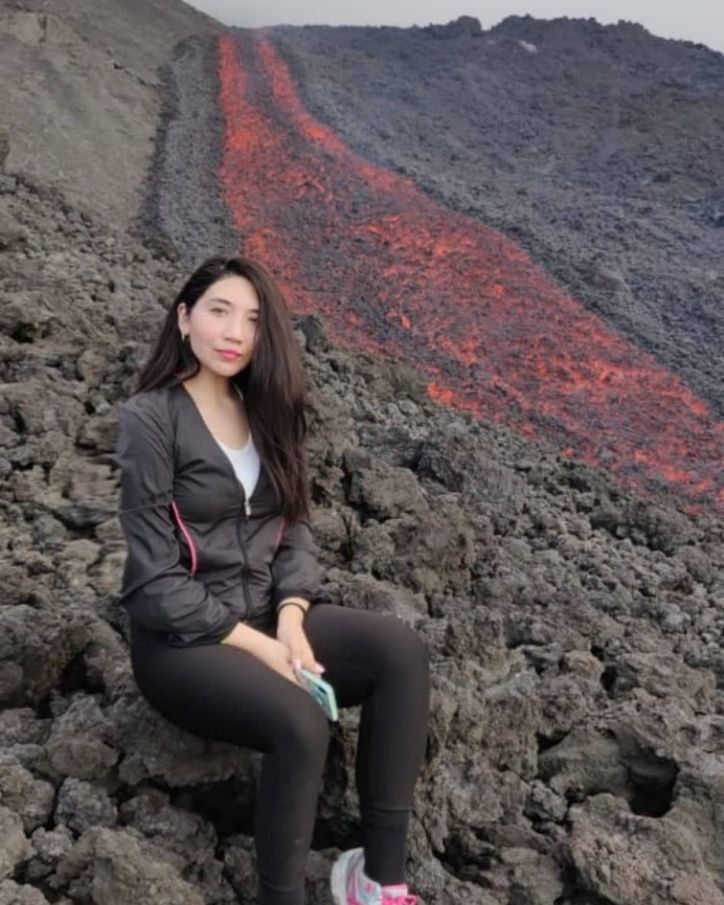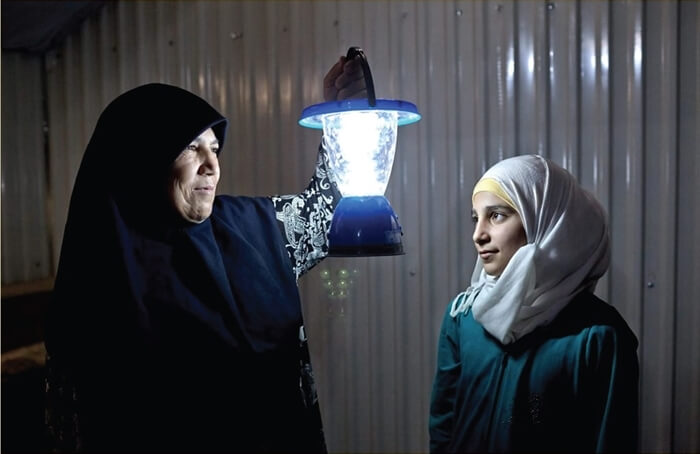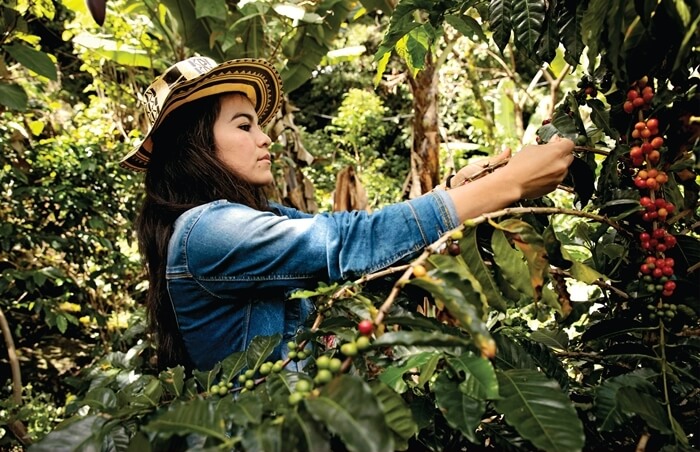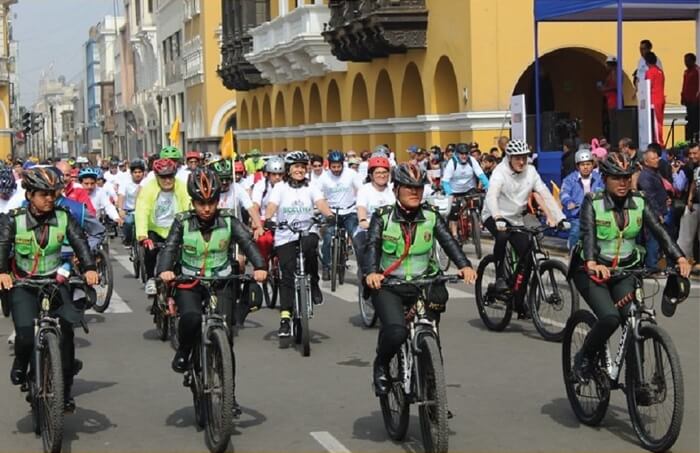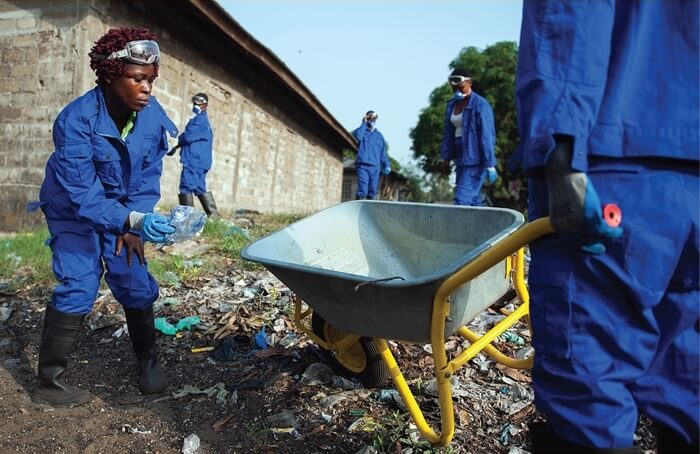Excerpt from thegef.org
Despite its tiny land mass, the Cook Islands is responsible for a huge swathe of ocean and is home to many unique – and uniquely threatened – species of flora and fauna.
As such, the South Pacific nation of 15 islands and atolls can play an outsized role in protecting globally important biodiversity.
With its extensive rainforests and coral reefs, the archipelago has been hailed for centuries as one of the most idyllic places on Earth. But its fragile ecosystems, which shelter thousands of native and migratory animals and birds, are now imperiled by human activities and the impact of climate change.
To help counterbalance these dangers, a newly approved project with the United Nations Development Programme (UNDP) and funded by the Global Environment Facility will work to shore up environmental protections in this small but important corner of the world.
The total terrestrial area of the Cook Islands is just 240 square kilometers. But because its constituent islands and atolls are dotted over a wide area of ocean, the country controls an exclusive economic zone of some 1.9 million square kilometers.
While the Cook Islands lies within the Polynesia-Micronesia Biodiversity Hotspot, a region of 4,500 islands with unique and threatened habitats, it is in itself important to global biodiversity. The Cook Islands Moist Tropical Forest ecoregion is listed among the WWF’s Global 200, a roster of 238 biomes considered global conservation priorities.

Island Innovation is a social enterprise and digital media company at the intersection of sustainable development and communications, offering specialised services across various sectors. We bring together the private sector, government, utilities, NGOs and universities to advance innovation for sustainability and prosperity in islands worldwide.







